Hoedspruit
Kapano Place, Zandspruit Boulevard,
Hoedspruit Ext 12, LP, 1380
Tel: 013 250 0600
Owner: Michelle Schnepel
Email: michelles@corecatering.co.za
Hoedspruit
Kapano Place, Zandspruit Boulevard,
Hoedspruit Ext 12, LP, 1380
Tel: 013 250 0600
Owner: Michelle Schnepel
Email: michelles@corecatering.co.za

At Core Catering Supplies, we believe great hospitality shouldn’t come at the planet’s expense. That’s why we proudly serve as the sole distributor in South Africa of Steelite, a global leader in sustainable tableware. Together, we provide customers with high-quality, durable products while supporting a shared commitment to environmental responsibility. Choosing Steelite through Core means investing in both exceptional hospitality and a greener future.

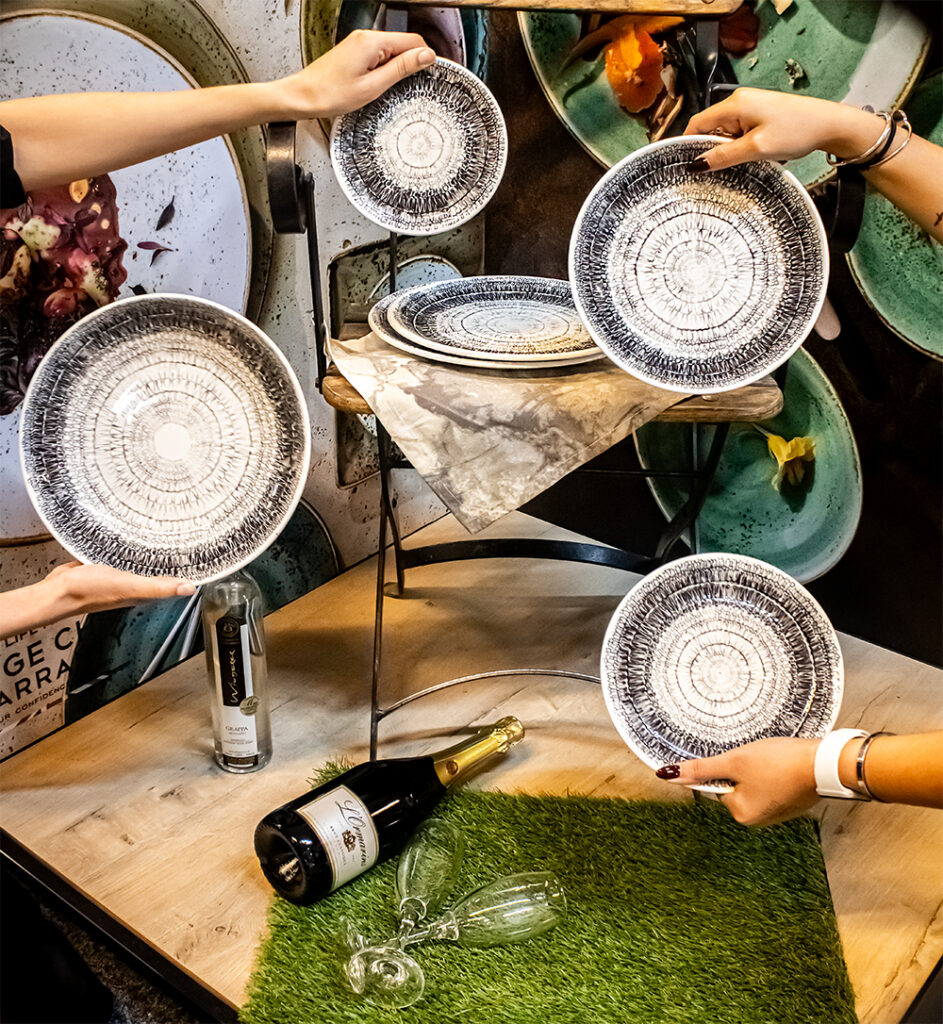
For Steelite, caring for the environment is nothing new. Since 1996, the company has been certified to the ISO 14001 Environmental Management Standard, demonstrating its long-standing commitment to minimising its impact on the planet. Over the years, it has introduced pioneering initiatives that have set new standards within the ceramics industry. In 2007, Steelite became one of the first manufacturers in the UK to install a Lamella machine, an innovative system that recycles more than 350 tonnes of clay waste every year. That is 350 tonnes of material that no longer needs to be quarried, transported, or sent to landfill, saving energy, cutting emissions, and preserving natural landscapes.

Steelite has continued to build on these efforts with further innovations. The company introduced a centrifuge system that spins waste material out of water, reclaiming valuable glaze while also recycling around 20 cubic metres of water every day. This reduces waste, saves resources, and improves the quality of water leaving the site, ensuring the business has a positive effect on the local environment as well as the wider world.
Today, Steelite recycles more than 99 percent of all its operational waste, a remarkable achievement for such a resource-intensive industry. Its environmental leadership has been recognised with multiple Green Apple Awards as well as Gold Membership of The Green Organisation, a global body that rewards and promotes environmental best practice. Beyond its own operations, Steelite has supported initiatives such as tree planting programmes in areas most affected by climate change and funding new UK woodland with the Woodland Trust, capturing hundreds of tonnes of carbon in the process.
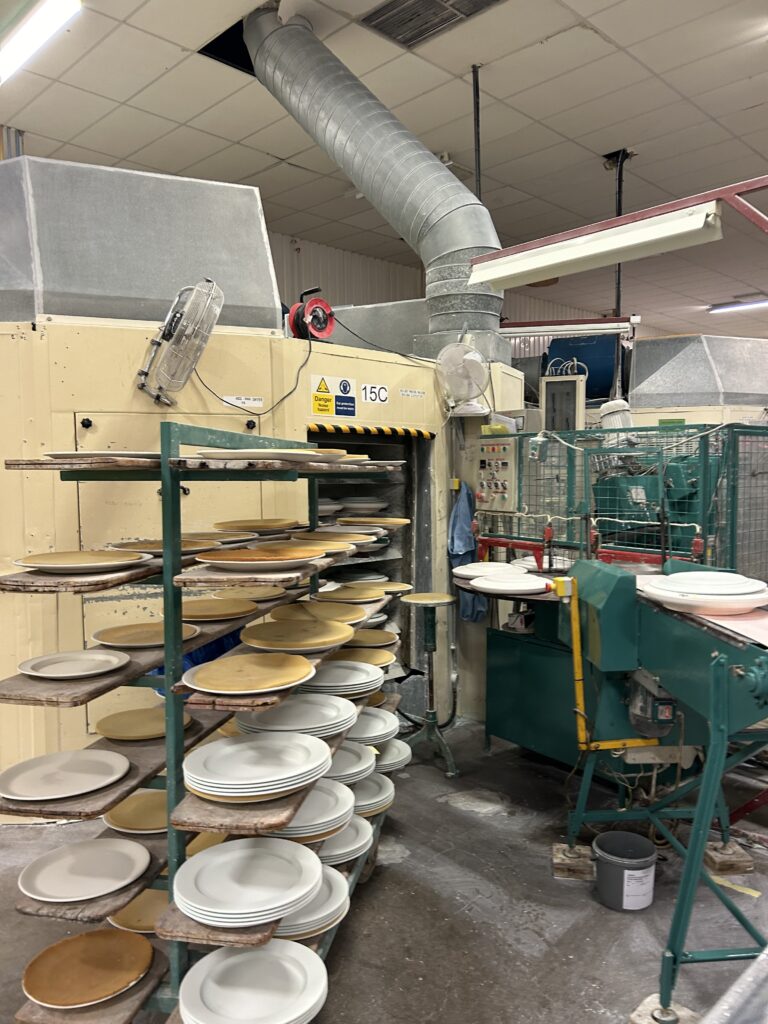
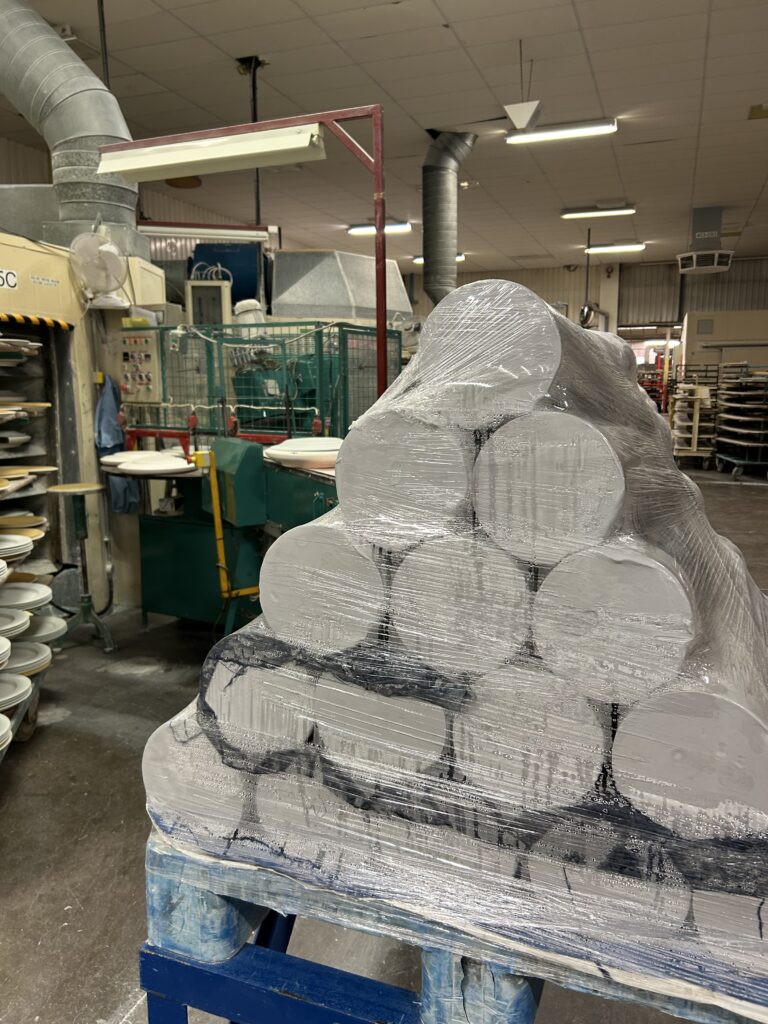

What is most inspiring about Steelite is that its sustainability journey is not just about reducing harm. It is about finding creative ways to make a positive difference. Every year, the company now produces around 750,000 cups and saucers using clay recycled through its Lamella system. This is a powerful example of how innovation can transform waste into something new, useful, and beautiful while supporting the hospitality sector with products that last.

By supporting responsible manufacturers and making conscious choices, we can all help reduce our industry’s environmental impact and contribute to a greener, more resilient future. At Core Catering, we fully embrace this philosophy, encouraging everyone in the hospitality sector to take meaningful action for the planet.

We are proud to feature The 12 Apostles Hotel & Spa, a phenomenal customer of ours, as a shining example of what happens when world-class service meets a deep commitment to quality and community.



At the edge of the Atlantic Ocean, framed by the majestic Table Mountain National Park, lies the 12 Apostles Hotel & Spa, a destination that blends breathtaking scenery with equally breathtaking cuisine. Under the leadership of Executive Chef Cristo Pretorius, this five-star haven has become a magnet for food lovers from across the globe.



Chef Pretorius’s philosophy is simple yet profound: work with local farms and producers to source the freshest, most flavorful ingredients while supporting the community and reducing environmental impact. Whether it’s hearty South African classics or delicate seafood creations, every dish on the menu reflects a dedication to sustainability, seasonality, and exquisite taste. From a crisp garden salad bursting with local greens to a plate of freshly caught fish, guests can taste the story of the Cape in every bite.



But the 12 Apostles offer more than just world-class dining. It’s a place where hospitality is as carefully crafted as the food. Step through the doors, and you’re greeted with warm smiles. Your luggage is whisked away while you check in, perhaps with a glass of bubbly in hand or a refreshing fresh juice. Families are treated like royalty: kids can enjoy sweets at the Azure Restaurant, or settle into the private cinema with popcorn, sweets, and even a milkshake while watching their favorite films.

Inclusivity is woven into the fabric of the hotel’s service. Guests using wheelchairs are thoughtfully accommodated, with the team able to make special arrangements—even last-minute adjustments—to ensure comfort and accessibility throughout the stay. Simply let them know your needs when booking, and they will go above and beyond to make it happen.


The property is also pet-friendly, ensuring that even four-legged family members can enjoy the coastal luxury. Guests simply need to mention it when booking as pet-friendly rooms are limited. Pets are welcome to join their owners for a sundowner at the Leopard Bar, provided they are supervised. A dog-sitter service is also available for added convenience.


For guests eager to explore, the hotel’s drivers are ready to whisk you away to the vibrant V&A Waterfront or the golden sands of Camps Bay.

Whether you’re here for a romantic escape, a family holiday, or simply to indulge in Chef Pretorius’s inspired menu, the 12 Apostles is more than a hotel—it’s an experience. With its combination of culinary mastery, thoughtful amenities, and heartfelt service, it’s no wonder the property has become a true culinary destination for travelers and food enthusiasts worldwide.
CoreCateringSupplies #HospitalityExcellence #CulinaryInnovation #SustainableDining #ChefCristoPretorius #LuxuryHospitality #HotelAndRestaurantSupplies #12ApostlesHotel #FoodServiceSolutions #HospitalityIndustry
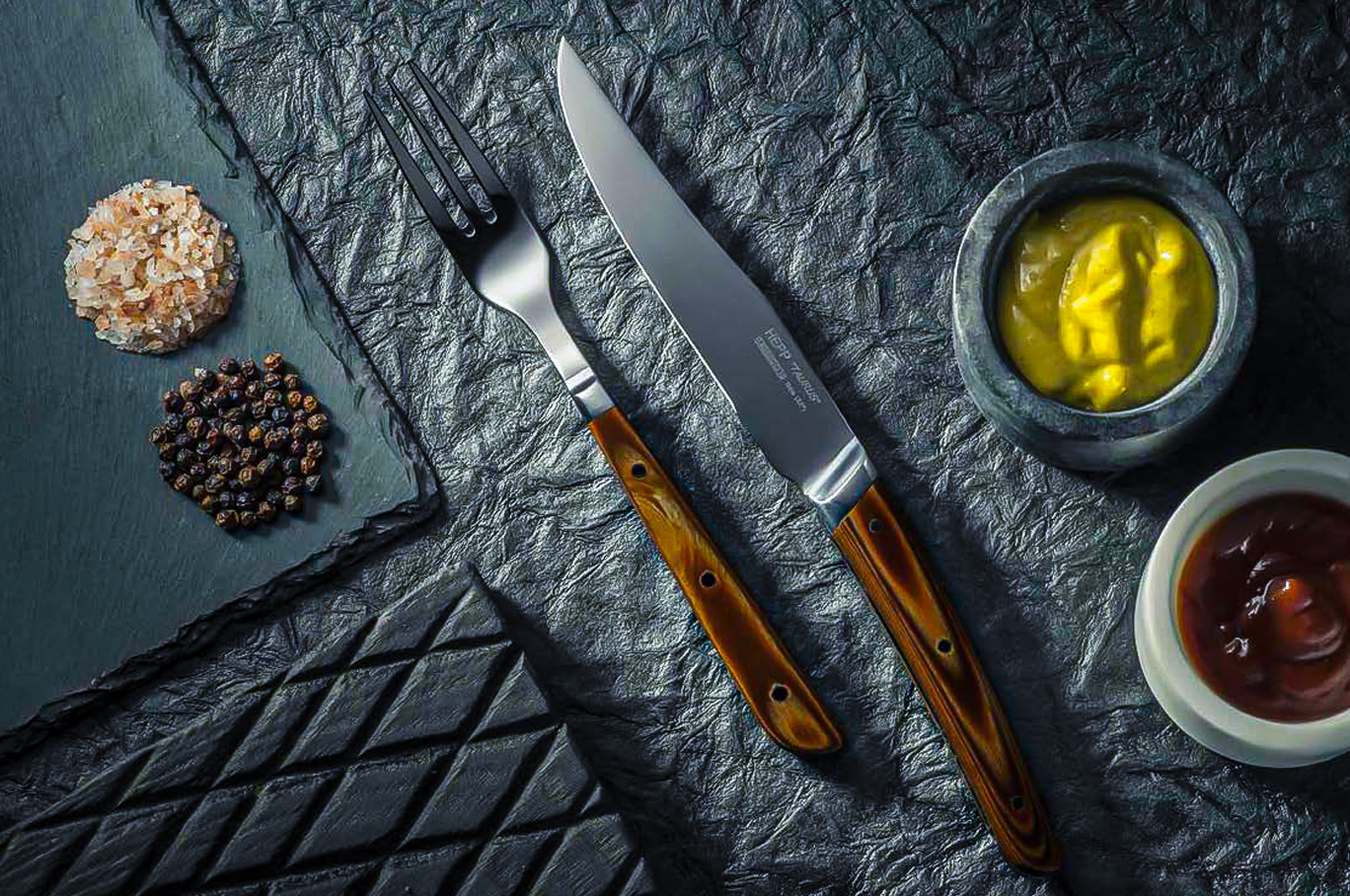
Introducing the new TAURUS steak knife and fork set, designed to combine rugged strength with refined elegance – true to its name, which is inspired by the Latin word “Taurus,” meaning bull. This knife and fork set is an excellent choice for a wide range of dining environments, from casual rustic themes to more refined, upscale settings. Its design blends the warmth of traditional wood with modern functionality. The dark, wood-effect handle evokes a classic countryside aesthetic, while the gently curved knife adds a sophisticated touch.

Crafted from durable stainless steel, the Taurus Steak Knife features an ultra-sharp blade that glides through meat effortlessly. The Taurus Steak Fork is equipped with pointed tines for precise handling. The handle is made from a wood-plastic composite in a “Tree Stump” colour, offering the look of real wood with the resilience of synthetic material.





Celebrate Women’s Month with the inspiring journey of Roxanne Read, Head Instructor at EBS Cape Town and World Class 2025 finalist.
In the Western Cape’s buzzing hospitality scene, few names carry as much respect as Roxanne Read – Head Instructor at the European Bartender School (EBS) Cape Town, founder of Fox on the Rox, and second runner-up at World Class 2025.


With 18 years of experience, Roxanne’s journey has taken her from packing fridges to running seven cocktail bars on an island in the Maldives. She began at a time when female bartenders were rare, and today she’s part of a strong, female-led community shaping the future of mixology in South Africa.
A former theatre performer, Roxanne treats the bar like her stage – every drink a story, every garnish a creative flourish. “I’m highly competitive, I thrive in chaos, and I live for the adrenaline of a busy bar,” she says. As Head Instructor, she inspires new bartenders to view their craft as an art form, blending storytelling, precision, and connection.


This Women’s Month, raise a glass to the women shaking things up in hospitality. Whether it’s through a perfectly balanced cocktail or inspiring mentorship, their impact goes far beyond the bar.
#CoreCateringSupplies #WomenInHospitality #RoxanneRead #FemaleBartendersSA #WesternCapeExperiences #WomensMonthSA #CocktailCulture #HospitalityIndustrySA #BarToolsSouthAfrica #SupportLocal
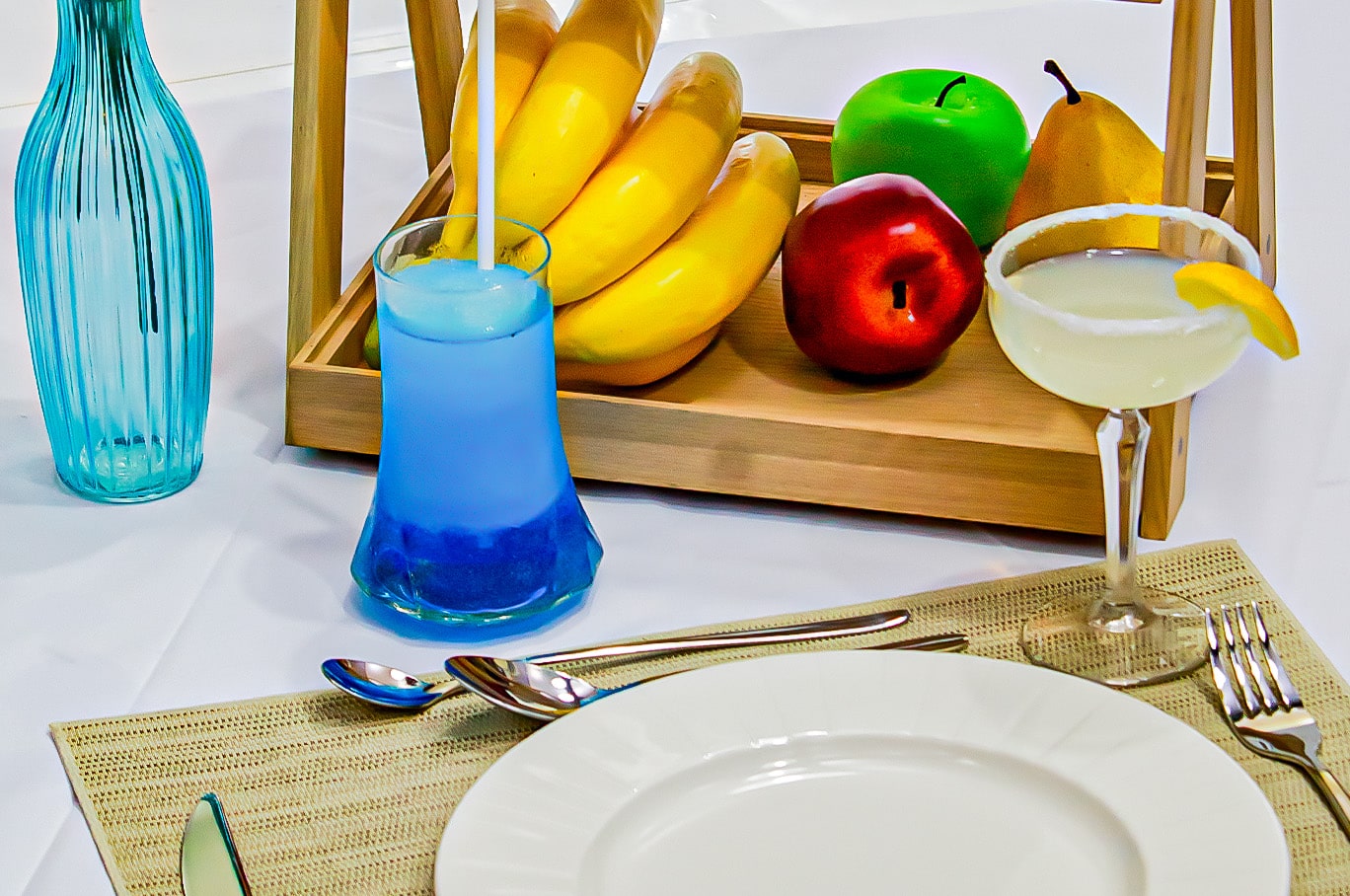
Spring is a season of fresh starts – longer days, floral aromas, and a lighter mood in the air. For restaurants, boutique hotels, and event spaces, this is the perfect opportunity to shift your table setting to match the season’s energy: clean, stylish, and full of life.
Take a look at one of our spring-inspired table settings, using premium, professional-grade products from our exclusive brands. This setup blends soft textures, muted tones, and functional elegance to create an atmosphere that feels both contemporary and welcoming – use this as inspiration for daytime brunches, spring weddings, or hotel courtyard service.
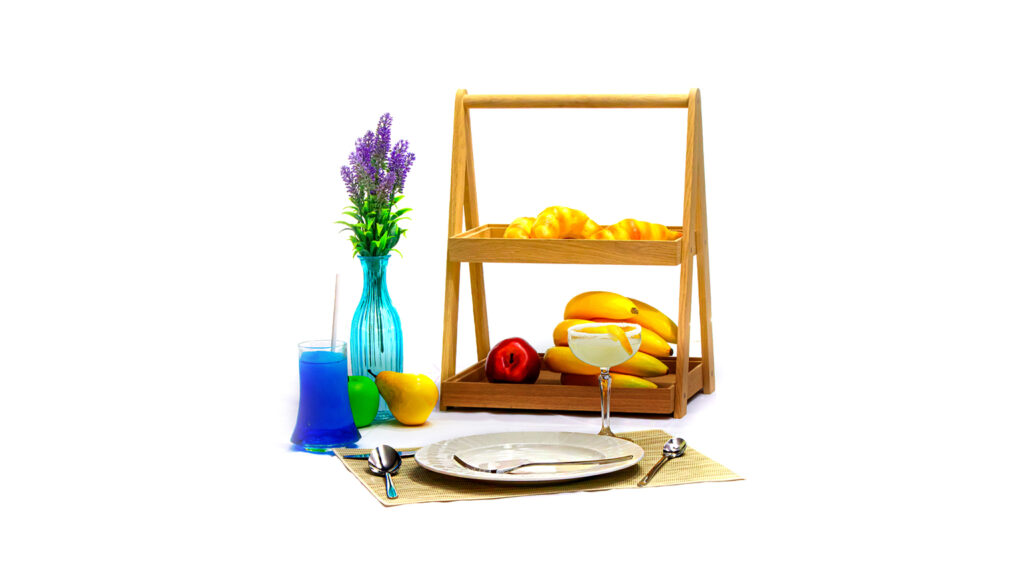
Let’s explore the Spring table design using Core’s exclusive brands and how you can use this combination to bring your seasonal service to life.
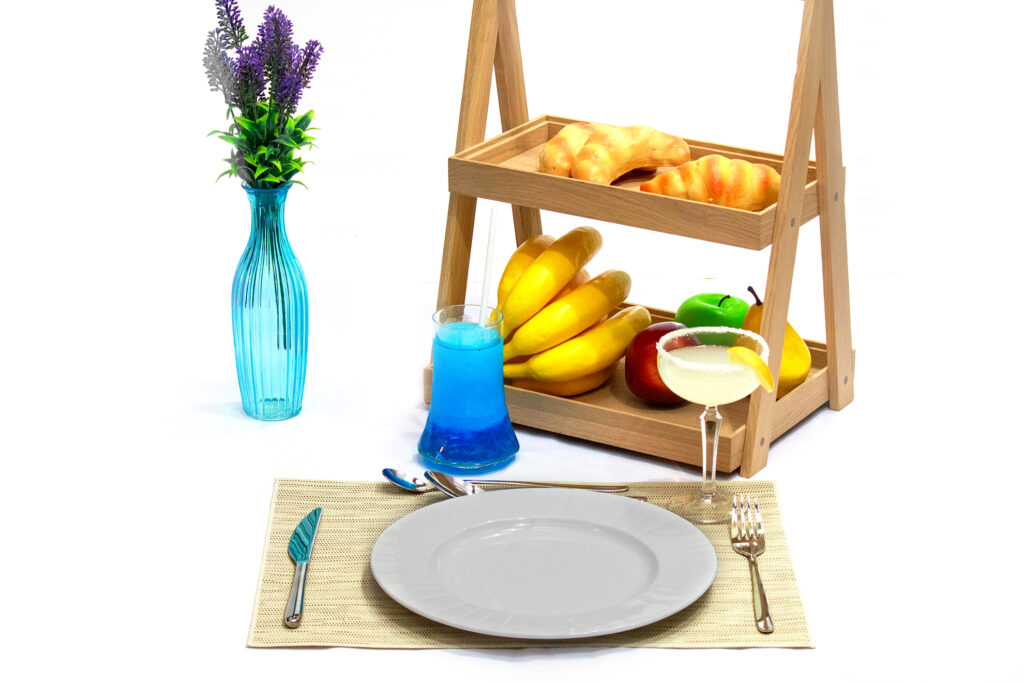
Spring calls for simplicity that still feels intentional – think soft neutrals, delicate textures, and subtly stylish pieces that let your food and drinks shine.

Use the APS beige placemat as your foundation – it softens hard surfaces and introduces a tactile element. Pair this with the Alina plate to create a clean, bright centre that naturally draws attention to the food.
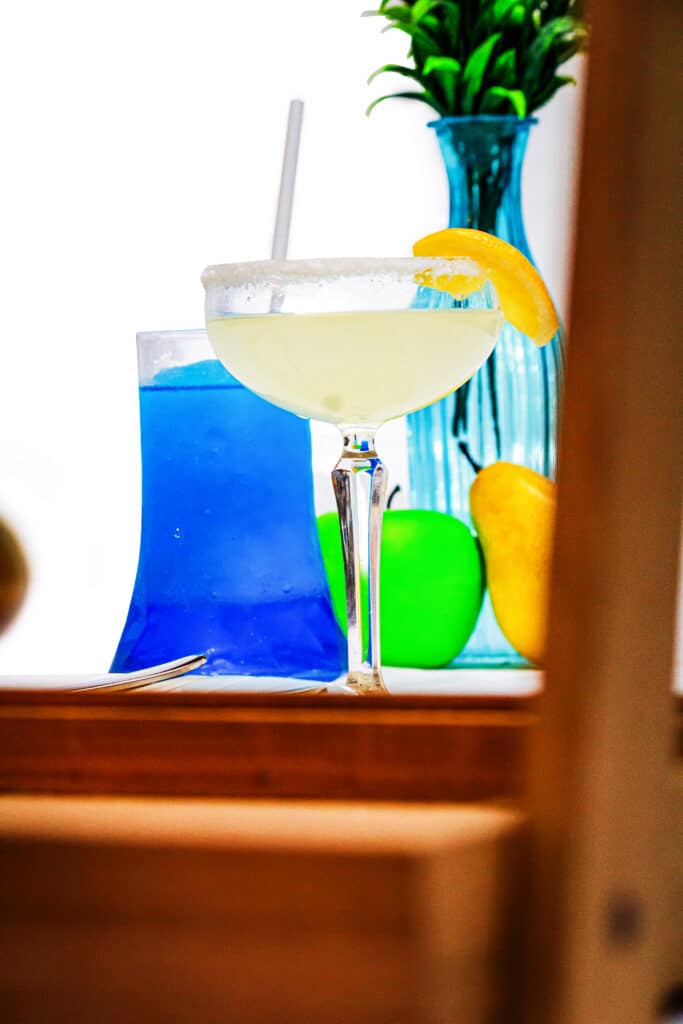

Spring is all about light play. Use the vertical ridges of the Divergence tumbler to catch sunlight and reflections from drinks, while the SPKSY coupe adds vintage appeal – especially for your spring cocktails or desserts.
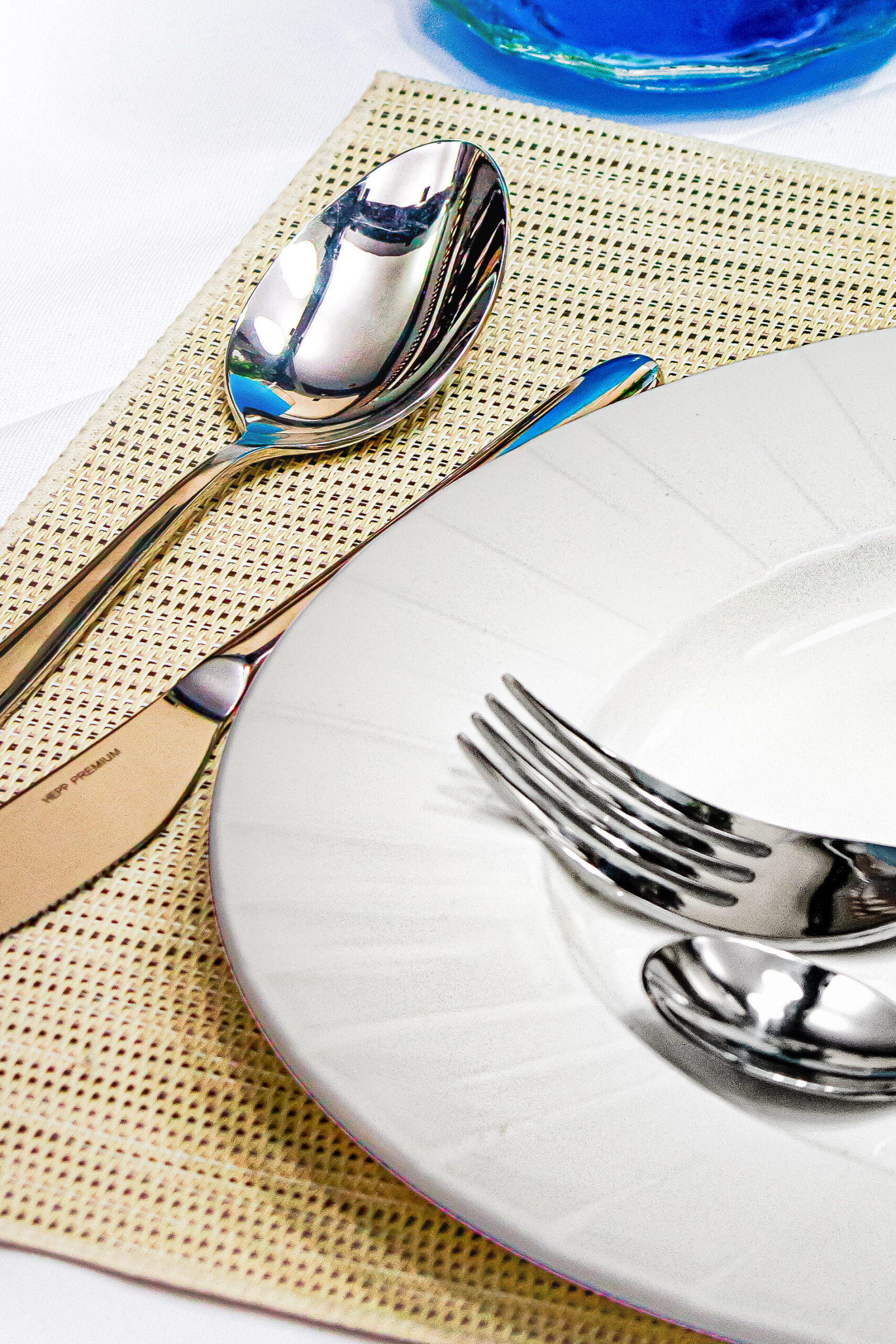
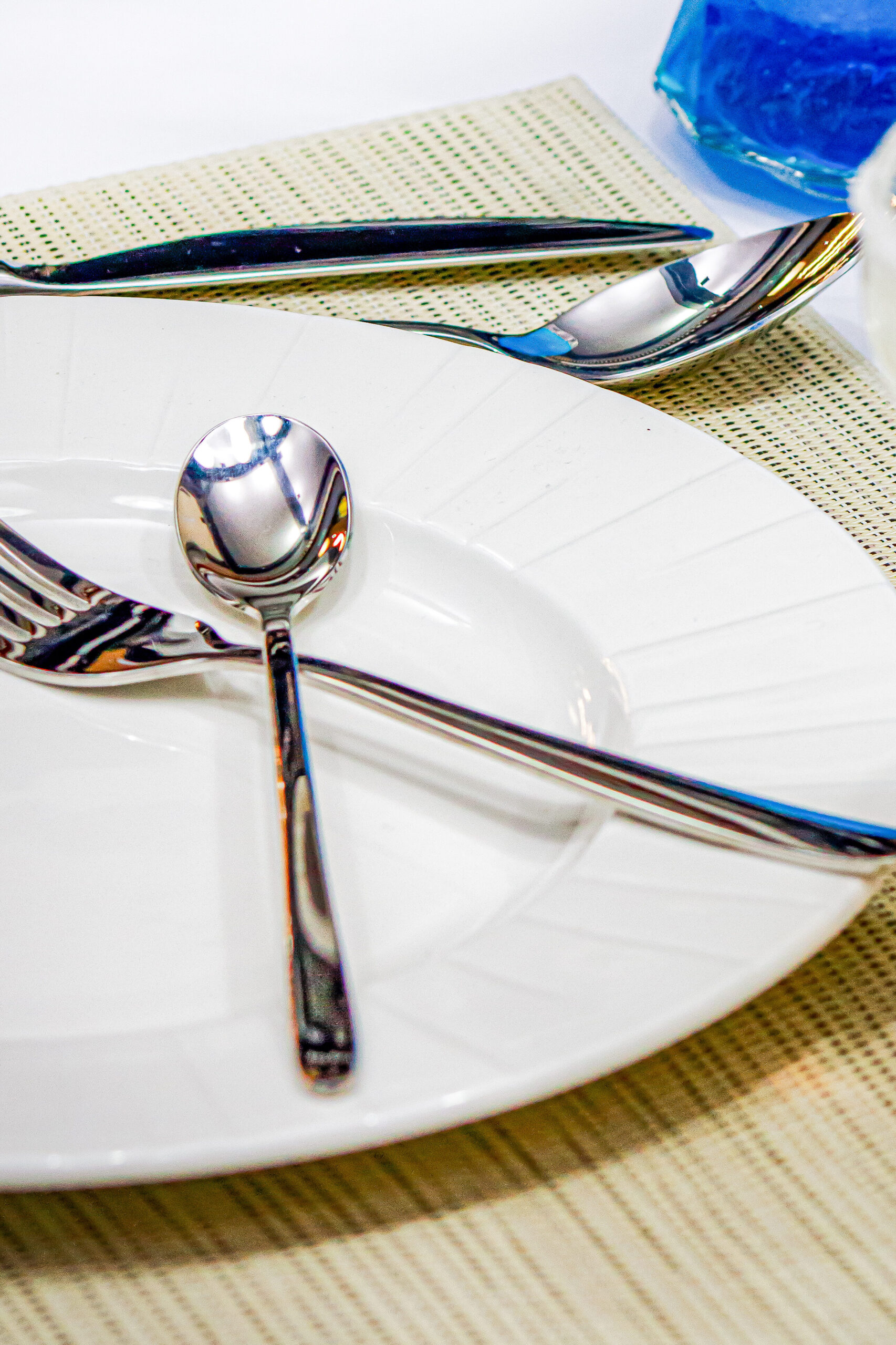
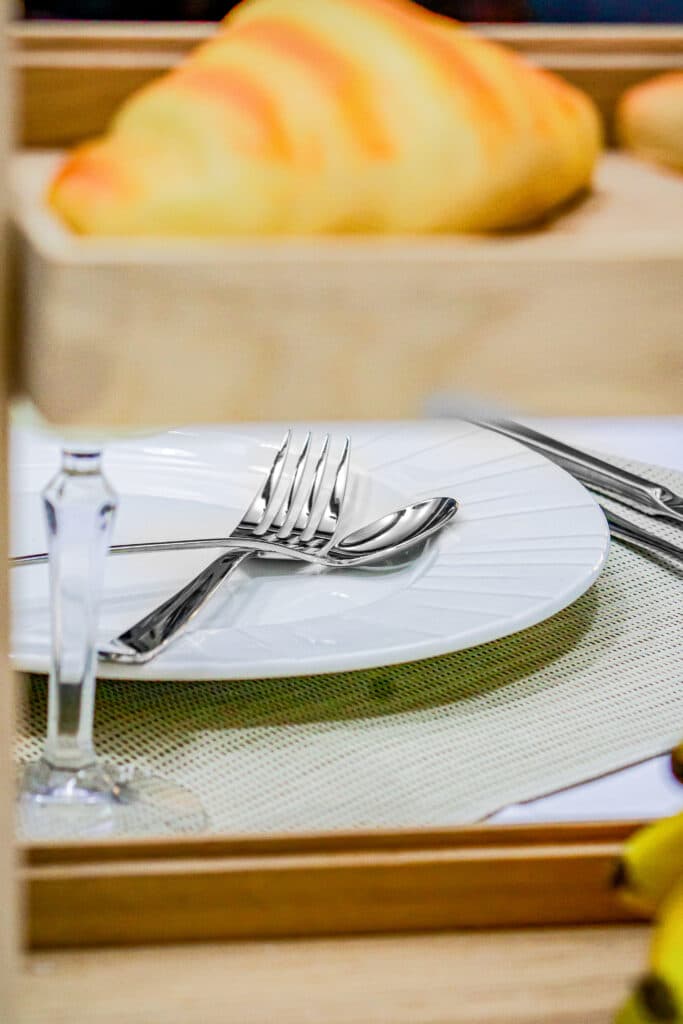
Hepp Ecco’s slender profile and smooth finish make it a discreet but high-performing choice. It matches the theme without overwhelming it – ideal for service teams who need functional tools that still look polished on the table.

The APS Valo tiered tray can serve multiple purposes – display fresh breads, mini tarts, cheeses, or botanicals as a centerpiece. Its light wood tones fit perfectly with the season and invite sharing and exploration.
#corecateringsupplies #SteeliteSouthAfrica #LibbeyGlassware #HeppCutlery #OnisGlassware #APSbuffetware #HospitalityDesign #TableSettingInspiration #SeasonalDining #RestaurantDecorIdeas

Running a successful bar is about more than mixing great cocktails – it’s also about creating a smooth, safe, and efficient workflow. Behind every fast-moving bartender is a lineup of unsung tools that keep service flowing and customers smiling.
In this article, we explore five essential items that no serious bar setup should be without: noise-reducing blenders, bar mats, glass rimmers and stands, pourers, and condiment caddies. Whether you manage a high-volume cocktail bar or a boutique hotel lounge, these tools play a crucial role in your daily operations.

In busy hospitality settings, noise can impact the customer experience. Traditional blenders can overpower conversation and disrupt the ambience, especially in smaller or upscale venues.
Noise-reducing blenders solve this issue. Designed with sound-dampening enclosures and powerful motors, they allow bartenders to whip up smoothies and frozen cocktails without creating a racket. They’re a must-have for venues that value customer comfort as much as drink quality.
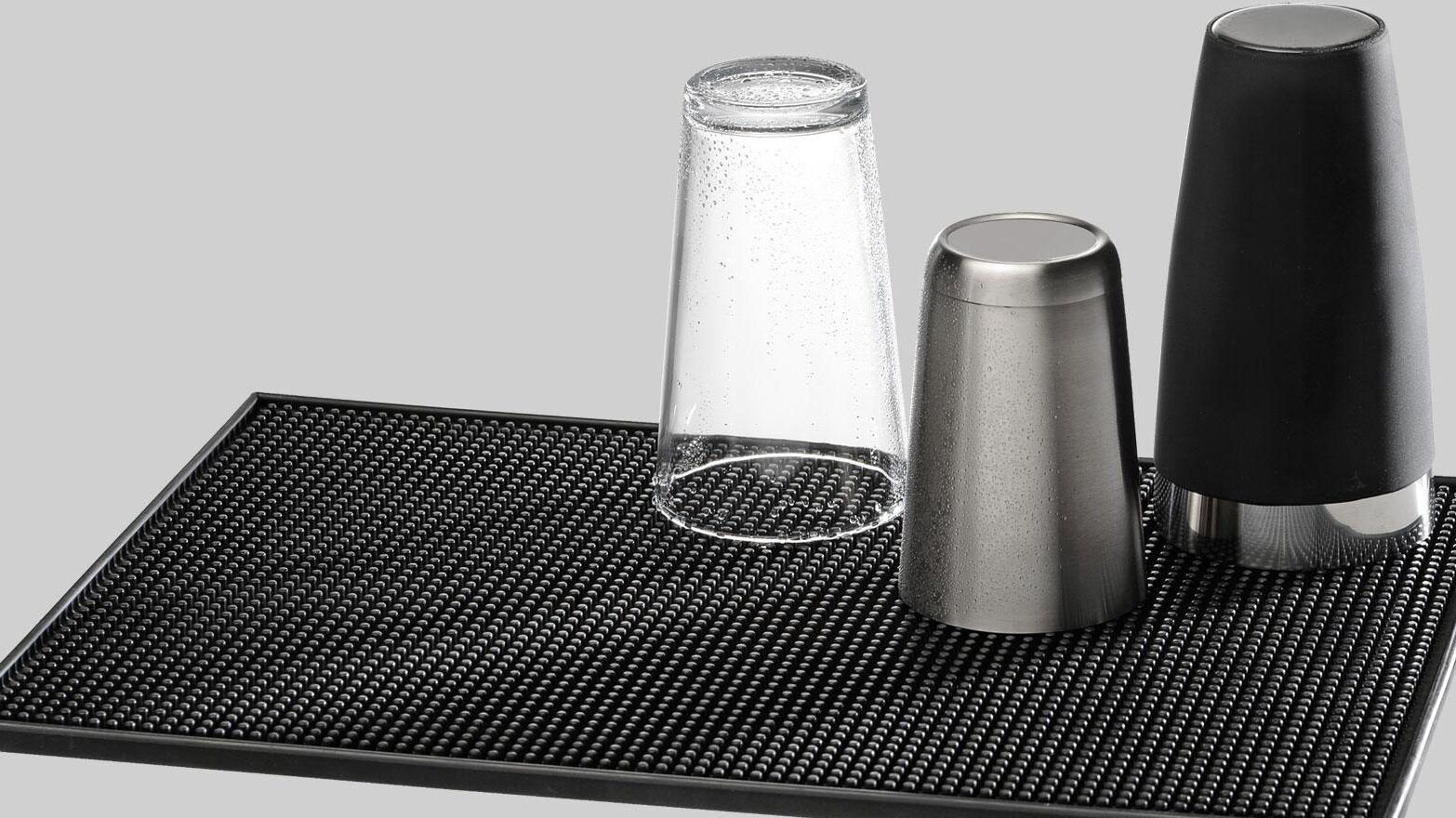
Bar mats are often overlooked, but they’re essential for maintaining a clean and slip-free work surface. Placed along the bar top and workstations, they catch spills, reduce breakages, and help bartenders maintain speed and safety during peak hours.
Durable rubber or silicone mats also protect glassware and can be easily cleaned between shifts.

Presentation is everything in modern mixology. Glass rimmers and stands provide a fast and consistent way to apply salt, sugar, or spice rims to cocktail glasses. Whether you’re serving margaritas or creative craft cocktails, this tool helps bartenders maintain visual appeal without slowing service.
Many glass rimmers come with multi-tiered compartments, keeping ingredients separated and sanitary.

Accurate pouring is a core skill in any bar operation, and liquor pourers make it much easier to measure quickly and consistently. Whether using free-flow or measured pourers, bartenders can increase output while maintaining portion control – a critical factor in managing costs and preventing over-pouring.

From olives and lemon wedges to cherries and jalapeños, garnishes are the finishing touch on many popular drinks. A condiment caddy keeps everything clean, compartmentalized, and easily accessible. It also speeds up garnish selection and keeps prep stations tidy.
Most models come with ice-cooled bases or lids for hygiene compliance in warmer settings.

Efficiency behind the bar isn’t accidental – it’s engineered through smart equipment choices. Noise-reducing blenders protect your ambience, bar mats protect your surfaces, glass rimmers keep your presentation sharp, pourers ensure profitability, and condiment caddies streamline your garnishing game.
For professionals in the hospitality space, these tools are investments in smoother service, happier guests, and stronger profit margins.
#CoreCateringSupplies #HospitalityTools #ProfessionalBarGear #BartenderEssentials #BarEfficiency #CocktailStationSetup #SouthAfricaHospitality #BarEquipmentSuppliers
#QuietBlenders #RestaurantOperations

Get that warm happy fuzzy feeling with these simply delicious recipes. Quick and easy, no mess no fuss! This is THE hug in a mug with a bit of a kick that you need this winter!

Hot Toddy is the perfect drink for cold winter nights and this recipe make its even more special !
INGREDIENTS
DIRECTIONS:
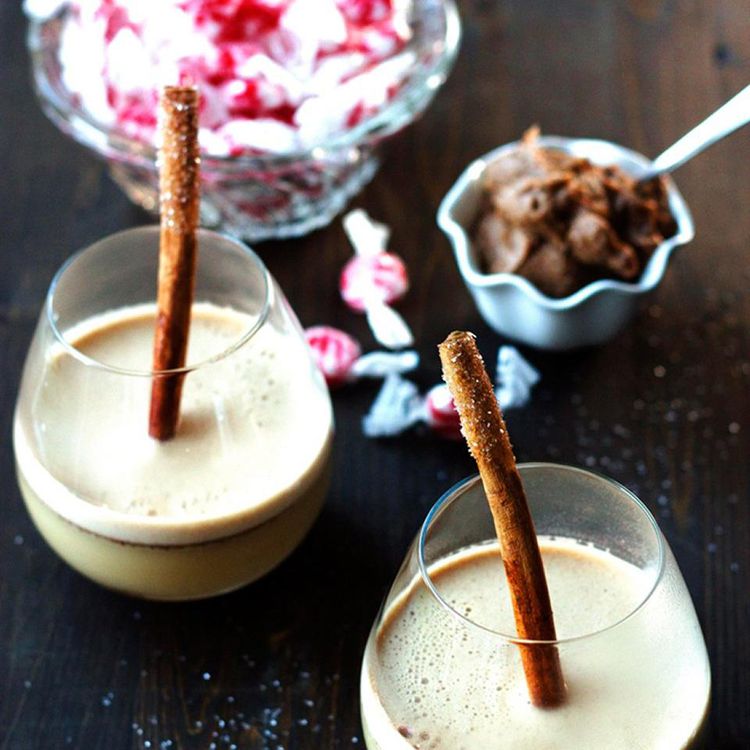
A 50/50 mix of hot water and dark rum, a little butter, and a sprinkle of brown sugar, all spiced with cinnamon, nutmeg, cloves, and a pinch of salt. It’s smooth, sweet, and salty, with a slight bite from the rum.
INGREDIENTS
2 quarts water
1 (750 milliliter) bottle dark rum
2 cups brown sugar
¼ cup butter
3 cinnamon sticks
6 whole cloves
1 teaspoon salt
1 teaspoon ground nutmeg
DIRECTIONS
Combine water, rum, brown sugar, butter, cinnamon sticks, cloves, salt, and nutmeg in a slow cooker. Steep on Low until flavors combine, 2 to 6 hours.

Red wine and hot chocolate might sound like a strange combination, but really, it works!
INGREDIENTS:
DIRECTIONS:

This one might be one of the most over-the-top, indulgent spiked hot cocoa recipes—ever.
INGREDIENTS:
DIRECTIONS:

In busy hospitality environments, choosing the right ice machine is more than a technical decision—it directly affects service speed, efficiency, and customer satisfaction. Whether you operate a high-volume bar, fine-dining kitchen, or luxury hotel, understanding the difference between modular and self-contained ice machines is essential. Let’s break down the key features of each type and help you decide which best suits your operation.
Modular ice machines, also known as ice machine heads, are built solely for ice production. These units must be paired with a separate ice storage bin or ice dispenser, making them highly customizable to specific volume needs.

Best For: Hotels, function venues, large restaurants, and catering operations where consistent, high-volume ice is critical.
Self-contained ice machines combine both the ice maker and the storage bin in one compact unit. These are plug-and-play options that are easy to install and ideal for operations where space is at a premium.

Best For: Coffee shops, boutique hotels, cocktail lounges, and cafés with moderate ice requirements.




Both modular and self-contained ice machines have their place in hospitality operations. The key is to align the machine’s capacity and footprint with your venue’s specific service demands.
Contact us today to discuss your project and ensure you get the right equipment for long-term success.
Visit: https://www.corecatering.co.za/
#CoreCateringSupplies #CommercialIceMachines #ModularIceMachines #SelfContainedIceMachines #BarEquipment #RestaurantEquipment #HotelKitchenEquipment #HospitalityTips #FoodServiceSolutions #KitchenEfficiency #SouthAfricanRestaurants

New York style. Neapolitan style. Sicilian style. If you’re a pizza lover, chances are you’re not just familiar with different variations, but you probably have strong opinions about most of them, too.
In 2025, it’s time to add a new pizza type to your repertoire: Say hello to pinsa.
While this style of pizza might be fairly new (and is slowly popping up on restaurant menus around the world) it’s actually been around since ancient Roman times. Back in the day, it was often made by people living in the countryside around the city. Some chefs say it predates all other styles of pizza due to its rustic style.

What Is Pinsa?
Pinsa comes from the Latin word “pinsere,” which means to press down with your fingers. Compared to pizza, pinsa crust is lighter and airier, like a cloud of dough. This is primarily due to the ingredients. Traditional pizza is made with flour, making it heavier and harder to digest. Pinsa uses a mixture of flours, including wheat, rice and spelt, along with more water and less salt.
Pinsa vs Pizza
To specify their main differences, we’ve broken them down for you:
Pinsa Differences
Pizza Differences

How to Make Pinsa Dough
Pinsa dough is not hard to make. As long as you have the right ingredients and follow the directions, you can cook up a delicious pinsa. To make the perfect pinsa dough, follow this recipe.
Pinsa Dough Recipe
Directions

And now the fun part ! Pinsa Toppings
When choosing the toppings for your pinsa, you can be as creative or as normal as you want! Whether you have picky eaters like children who might only like a cheese or pepperoni pinsa or their parents who have more experienced taste buds, you can craft a pinsa to please both. Try a margarita style or a more traditional cheese and mushroom pinsa called Pinsa Romana.
What we think
South African’s love pizza and this just happens to be a different version of an old favourite. There’s no such thing as bad pizza, and there is plenty of room for styles coming from different regions. So we think it’s a winner, something exciting, something different and just totally delicious. Try it !

In 15th-century France, charcuterie referred to the art of preparing cured meats. Fast forward 600+ years and charcuterie has evolved into a catch-all phrase describing meats, cheeses, nuts, fruits, and spreads artfully decorated on a board. The cheese is often a favourite feature of a charcuterie board, elevating the flavour of the other ingredients. Customers are looking for a taste of luxury from their charcuterie board cheeses, but they also tend to favour the familiar. If you’re not sure which types of cheeses to include, we have you covered. Use these gourmet yet well-known luxury fromages as the foundation of your cheese board menu.
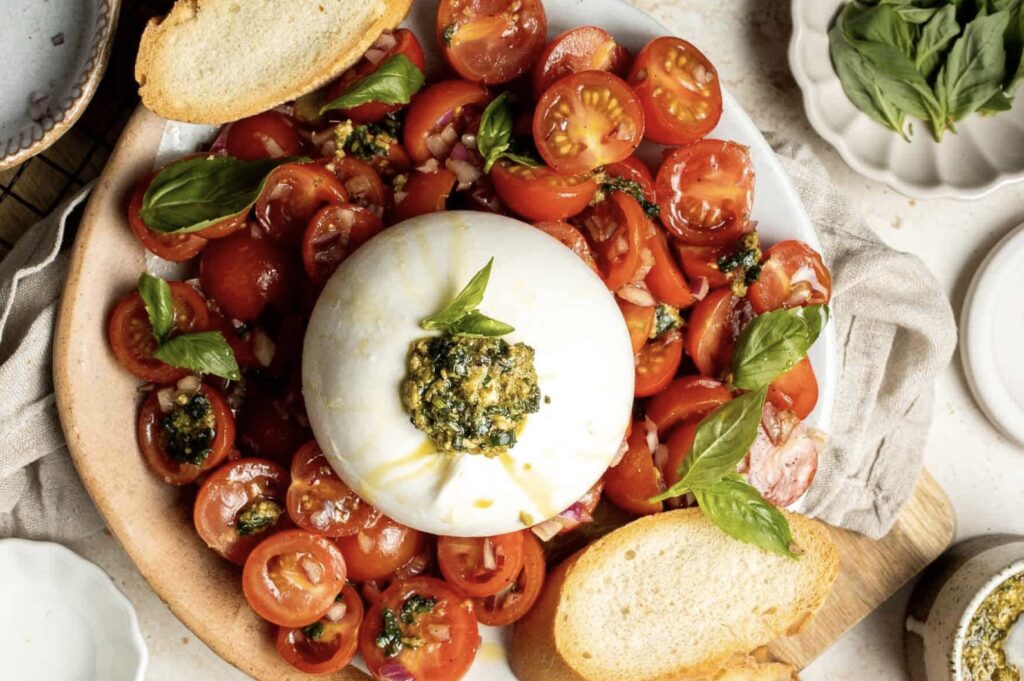
Burrata (pronounced br-aa-tuh) is a fresh cheese from Italy’s Puglia region. The traditional method of making Burrata involves stretching fresh mozzerella curds into a pouch-like shape, which is then filled with a mixture of cream and torn mozzarella pieces. The pouch is carefully sealed to create a smooth outer layer, resulting in a cheese that is both visually stunning and incredibly delicious. Burrata has a soft, silky exterior filled with a creamy and slightly stringy interior that oozes out when sliced open, adding a luxurious and indulgent element to any charcuterie board. It has a delicate and milky flavour that is complemented by a slight tanginess.
For optimal creaminess, let the burrata come to room temperature before serving. Cut into the cheese to reveal the velvety centre, and allow it to ooze onto the plate for a visually appealing presentation. Sprinkle sea salt and drizzle extra virgin olive oil over burrata to enhance its delicate flavours. It pairs beautifully with fresh fruits like figs, peaches, or cherries. Nuts such as walnuts or almonds provide a crunchy texture that complements the smoothness of burrata. For a more robust flavour profile, consider serving burrata with roasted vegetables like eggplant or zucchini. Crispy crostini is also an excellent choice. When selecting a wine to accompany burrata, opt for a light and crisp white wine such as Pinot Grigio or Sauvignon Blanc. If you prefer red wine, choose a light-bodied red like Pinot Noir or Beaujolais to complement the cheese’s creamy richness.
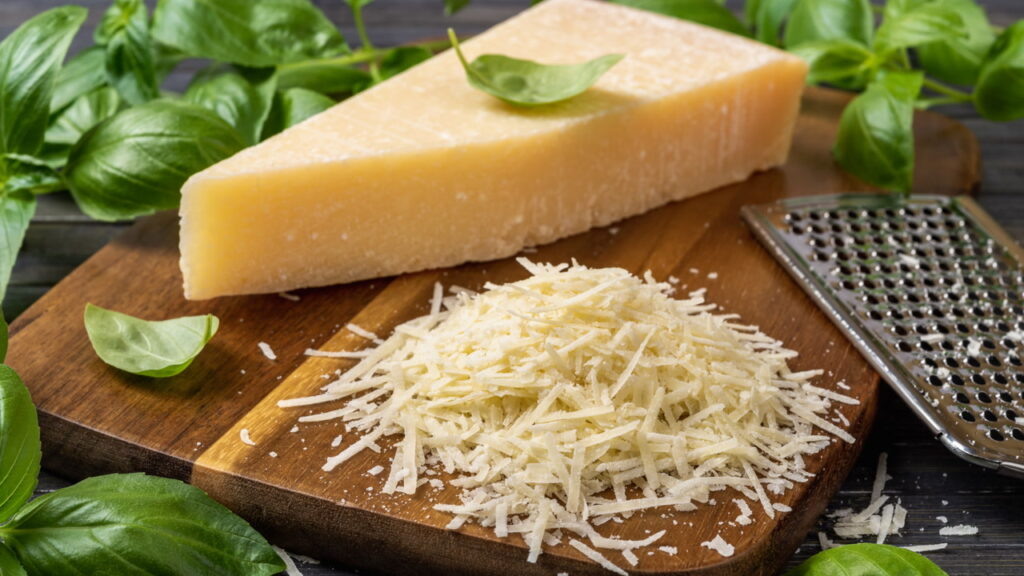
Originating from Italy, Parmesan is a hard, granular cheese that is typically aged for 12 to 36 months. It is made from cow’s milk and has a pale yellow colour with a sharp, nutty taste.
To serve Parmesan on your charcuterie board, it is best to cut it into small wedges or cubes to make it easy for guests to enjoy. You can also shave or grate Parmesan over other foods to add a burst of flavour. Serve Parmesan at room temperature to allow its flavours to fully develop and provide the best tasting experience for your guests. It complements cured meats like prosciutto di Parma and salami, as well as fruits such as grapes, pears, strawberries, and apples. Parmesan also pairs nicely with honey, balsamic vinegar, and olives, adding depth and complexity to your charcuterie board. For wine pairings, Parmesan cheese complements medium to full-bodied wines such as Chianti, Merlot, and Cabernet Sauvignon. These wines help balance the sharpness of the cheese and enhance its flavours, creating a harmonious tasting experience.

Originating from the Gruyeres (groo-yehr) district in Switzerland, gruyere is an Alpine-style semi-hard cow’s milk cheese. Made from raw cow’s milk, gruyere is aged for a minimum of five months, developing its signature nutty and slightly funky flavour profile. During the aging process, the cheese is regularly turned and brushed with a saltwater brine, contributing to its unique texture, taste, and funky smell. As a type of “stinky cheese”, gruyere emits a strong, earthy scent, but don’t let its pungent aroma fool you. The flavour of gruyere combines nutty, savoury, and slightly sweet notes with a hint of earthiness. Its firm, dense, and granular consistency makes slicing and grating easy.
Gruyere is an excellent melting cheese, making it a classic choice for quiches, so consider adding mini gruyere quiches to your breakfast board. On a traditional charcuterie board, baked gruyere in puff pastry is a more complex alternative to baked Brie. The cheese’s savoury flavour contrasts well with fruits such as apples, pears, and dried apricots. Walnuts, hazelnuts, and almonds bring out the nutty notes of gruyere. Crusty bread or cured meats like bundnerfleisch (air-dried Swiss beef), speck, and salami are also excellent pairing choices. Its rich flavour profile pairs well with white wines such as Chardonnay or Sauvignon Blanc, as well as red wines like Pinot Noir or Merlot. The acidity and fruitiness of these wines enhance the flavours of the cheese, creating a delightful sensory experience for those enjoying a charcuterie board featuring gruyere.
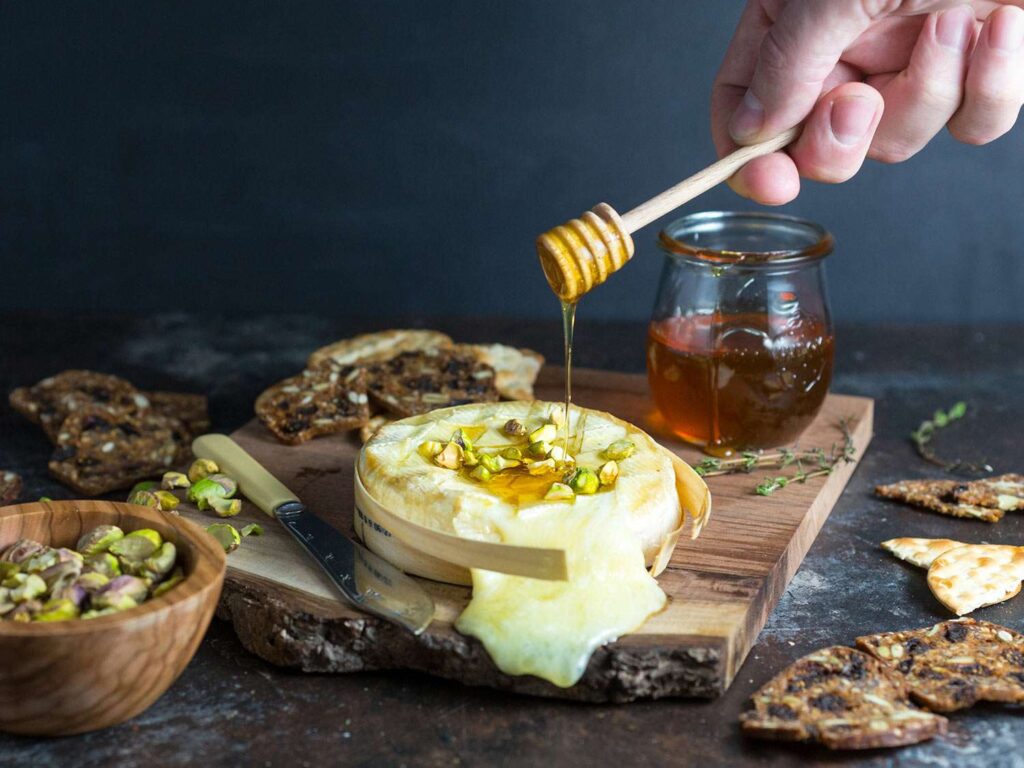
Originating from the Ile-de-France, Brie is a soft cow’s milk cheese with a bloomy rind. Brie (pronounced bree) has a smooth and creamy texture with a slightly firm outer layer that gives way to a gooey interior as it ripens. It’s known for its rich, buttery taste underscored by umami and mushroom notes. When serving Brie, a cheese knife with a thin blade and a sharp edge helps cut through the soft interior and rind without squishing the cheese. A cheese knife with a forked tip is also helpful for serving individual portions of Brie with ease. To achieve the ideal serving temperature, remove the cheese from the refrigerator at least 30 minutes before serving so it softens and reaches its peak flavour profile.
The creamy texture and mild flavour of Brie make it a crowd-pleaser that complements both savoury and sweet components on a charcuterie board. Try drizzling hot honey over the Brie for a swicy complement to its creamy, mild flavour. Fruit preserves such as fig jam or apple butter are also excellent Brie enhancers, especially when scooped on a baguette slice or crunchy crackers. You can also serve it alongside fresh fruits like apples, grapes, pears, and berries. For savoury accompaniments, classic cured meats like prosciutto or salami work wonderfully, as do briny olive varieties such as kalamata, Castelvetrano, or picholine.

Originating from the La Mancha region of Spain, mancheg is made from sheep’s milk and has a distinct flavour and texture. To make Manchego, the milk is curdled using animal rennet and then pressed into moulds to form its characteristic cylindrical shape. The cheese is then aged for a minimum of 60 days, with some varieties aging for up to two years, resulting in different flavour profiles. In general, manchego is known for its nutty and slightly tangy flavour, with hints of grassiness from the sheep’s milk. Its high butterfat content (nearly double that of cow’s milk cheese) creates a creaminess that balances its bold flavour. Its texture is firm and slightly crumbly, making it easy to slice and serve on a charcuterie board.
Manchego (pronounced man-chay-gow) requires a cheese knife with a sharp blade to cut through its firm texture. It should be served at room temperature to allow its flavours to develop. Manchego’s robust taste can stand up to other bold flavours, making it a versatile cheese for pairing. Spicy meats and cured ham varieties such as jamon Iberico, chorizo, sopressata, and Serrano ham are all excellent meat pairing choices on a charcuterie board. Other Spanish tapas favourites like marcona almonds, olives, croquettes, patatas bravas, and pan con tomatoes create an authentic Spanish charcuterie board. For wine pairings, manchego complements Spanish wines such as Tempranillo or Rioja, as well as white wines like Albarino or Verdejo.
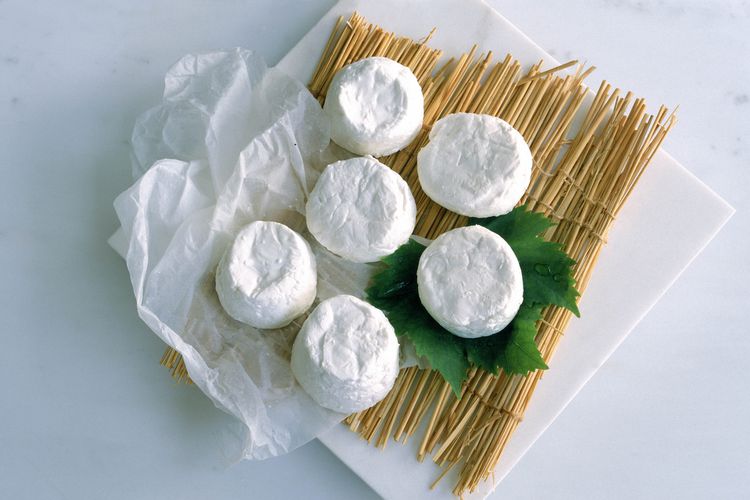
Chevre (pronounced SHEV-ruh)) is a type of goat cheese that adds a unique touch to any charcuterie board. Originating from France, chevre has gained worldwide recognition for its unique flavour profile and creamy texture. Containing less lactose than cow’s milk cheese, chevre can be a good option for those with lactose sensitivities, but not for those with a dairy allergy. To make chevre, fresh goat’s milk is curdled and drained, resulting in a soft and spreadable cheese. It’s then aged for a short period, typically a few days to a few weeks, to develop its distinct, tangy flavour. Chevre can also be flavoured with herbs, spices, or fruits for additional depth.
For serving chevre, a cheese knife with a narrow blade and a sharp point allows for precise slicing, maintaining the integrity of the cheese’s texture. Chevre has a tangy and slightly acidic flavour with earthy undertones, offering a refreshing addition to a charcuterie board. Its creamy, smooth texture is easy to spread on crackers or bread. Chevre pairs well with a variety of foods, including honey, figs, olives, and various nuts, adding a burst of flavour to each bite. When it comes to wine pairings, chevre complements crisp white wines such as Sauvignon Blanc or Pinot Grigio. The acidity of these wines balances the tanginess of the cheese, creating a harmonious combination for your palate.
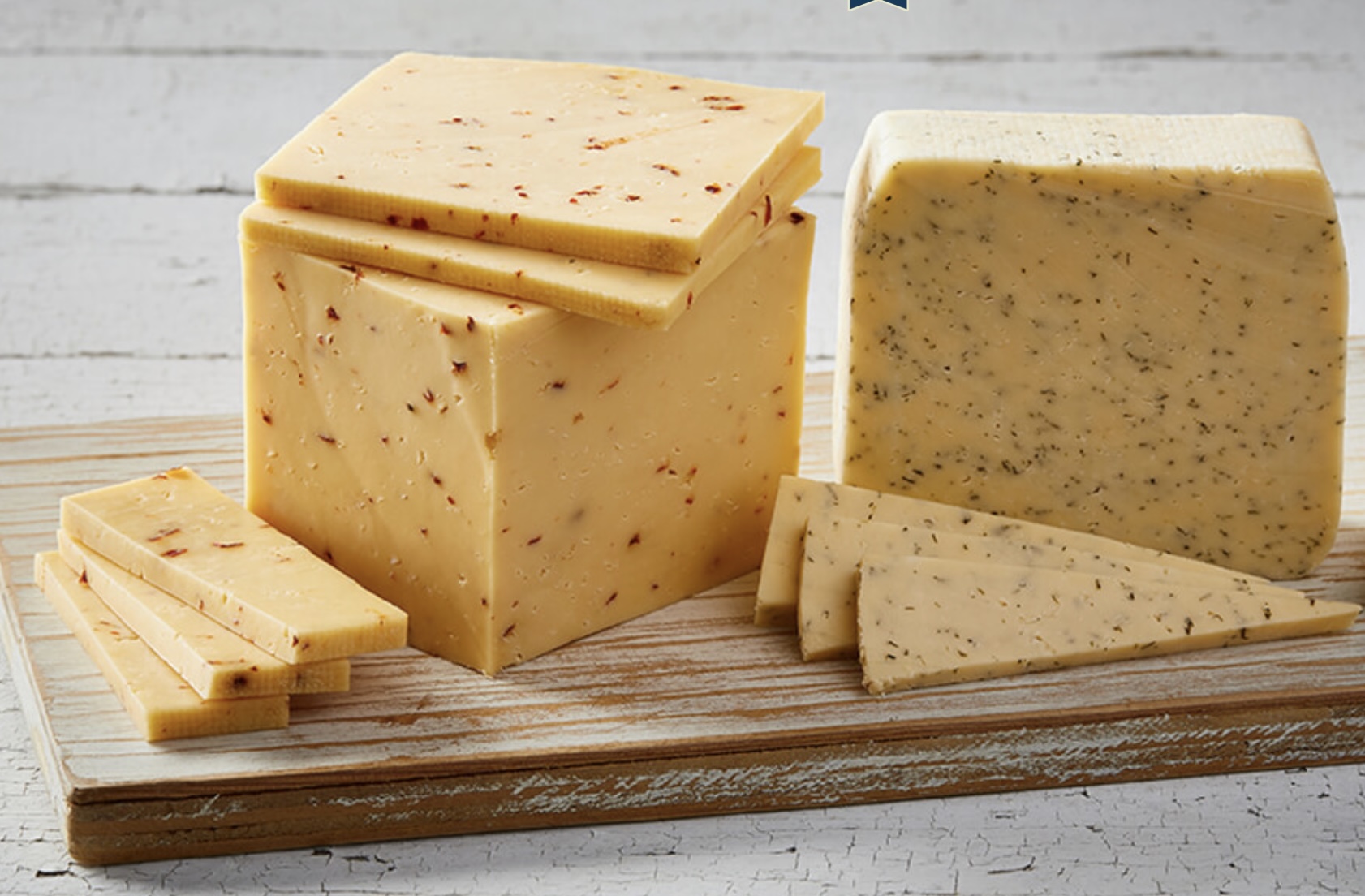
Havarti is a semi-soft cow’s milk cheese that originated in Denmark. This creamy cheese (pronounced huh-vaar-tee) is named after the Havarthigaard farm, where it was first crafted in the mid-19th century. It’s known for its smooth, buttery texture and mild, slightly tangy flavour. To make Havarti, fresh cow’s milk is pasteurized and then mixed with a starter culture and rennet to begin the cheese-making process. The cheese curds are cut, drained, and pressed into moulds before being aged for several months.
Havarti’s mild and slightly tangy flavour makes it a popular choice for charcuterie boards, where it can complement a variety of meats, fruits, and nuts. The buttery texture of Havarti also makes it easy to spread on crackers or bread; consider adding some honey or fruit preserves to complement its mild flavour profile. Havarti pairs nicely with crisp, acidic, and light-bodied white wines such as Chardonnay or Sauvignon Blanc. Its mild, buttery flavor complements dessert wines such as Moscato, late-harvest Riesling, or a fortified wine like port. To serve Havarti, it is best to use a cheese knife with a thin blade and a sharp edge. This type of knife creates clean cuts through the cheese without causing it to crumble or stick to the blade.
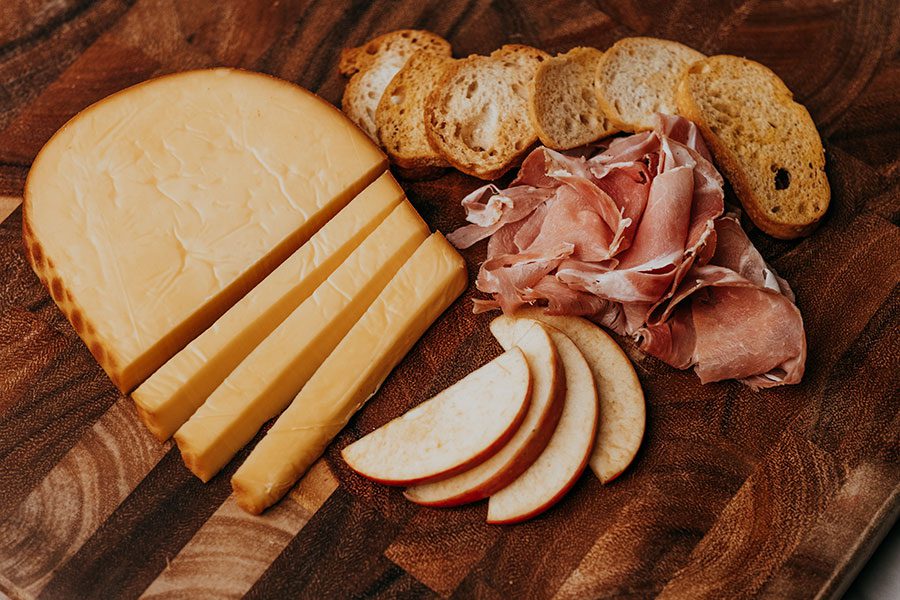
Originating from the Netherlands, Gouda Cheese (pronounced goo-duh) is typically made from cow’s milk and comes in various forms, including the smoked variety. To create smoked Gouda, the cheese is first aged to develop its characteristic flavour and texture. It is then cold-smoked and exposed to vapor from wood chips or other sources. This smoking process imparts a rich flavour to the cheese, enhancing its overall taste. Smoked Gouda is semi-soft and smooth, making it easy to slice or cube for serving on a charcuterie board.
Smoked Gouda is prized for its creamy, slightly sweet taste with a subtle smokiness that sets it apart from traditional Gouda cheese. Its flavour profile makes it a versatile option for pairing with cured meats such as prosciutto or salami, as well as fruits like apples or pears for a well-rounded charcuterie board experience. For wine pairings, consider serving smoked Gouda with a medium-bodied red wine such as Merlot or a crisp white wine like Chardonnay; because their fruity and acidic notes enhance the rich, smoky flavours of the cheese. To serve smoked Gouda on your charcuterie board, consider using a cheese fork. This specialized utensil is designed with sharp prongs to easily pick up and serve cheese without altering its shape or texture.

Comte (pronounced kaam-tee) is a French cheese from the Franche-Comte region in eastern France. This semi-hard cheese is made from unpasteurized cow’s milk and boasts a rich history dating back to the 12th century. It’s produced in cooperatives known as fruitieres where local dairy farmers bring their milk to be transformed into this delectable cheese. To craft Comte, the milk is heated and curdled before being pressed into large wheels and aged for a minimum of four months to several years. The extended aging process contributes to Comte’s complex taste and distinctive texture. Comte is firm yet supple with a smooth, creamy mouthfeel. Its flavour profile ranges from savoury to slightly sweet, with a lingering nuttiness that adds depth to any dish.
Thanks to its nutty flavour, Comte pairs well with almonds, pistachios, and cashews. It complements salty cured meats like pancetta, soppressata, and salami. Take a sweet turn and try pairing Comte with dark chocolate, candied nuts, or chutneys. To properly serve and enjoy Comte, it is recommended to use a hard cheese knife with a sharp blade and a sturdy handle. This type of knife allows for clean cuts through the firm texture of the cheese, ensuring a perfect presentation on your charcuterie board. When selecting a type of wine to pair with Comte, opt for a medium to full-bodied wine such as Chardonnay, Pinot Noir, or Beaujolais to complement the cheese’s flavours without overpowering them.

Originating from France, specifically the northern regions of Normandy and Picardy, Mimolette is known for its distinctive orange hue and complex flavour profile. This cheese (pronounced mee-moh-lett) is made from cow’s milk and undergoes a meticulous aging process that can last up to 24 months. During this time, the cheese develops a hard, crumbly texture with small crystals that add a delightful crunch to each bite. Mimolete’s rich and nutty taste with hints of caramel and butterscotch make it a versatile option for charcuterie boards.
For its flavours to fully bloom, Mimolette is best served at room temperature. Use a sturdy cheese knife with a sharp edge to cut through its firm texture. It pairs well with dried fruits, nuts, and crusty bread. For a truly decadent appetizer pairing, slather a crostini with Pistacchiosa and a slice of Mimolette. Pistacchiosa is a sweet spread made with Sicilian pistachios, sugar, and extra virgin olive oil. For wine pairings, Mimolette complements both red and white wines. Choose a bold red wine like Cabernet Sauvignon or Bordeaux. Sparkling white wines like champagne can also enhance Mimolette’s flavour.
When preparing a charcuterie board, it is essential to pay attention to the cheese selection and presentation. Follow these cheese board tips to ensure you have the ideal serving sizes, preparations, and presentations for your guests.